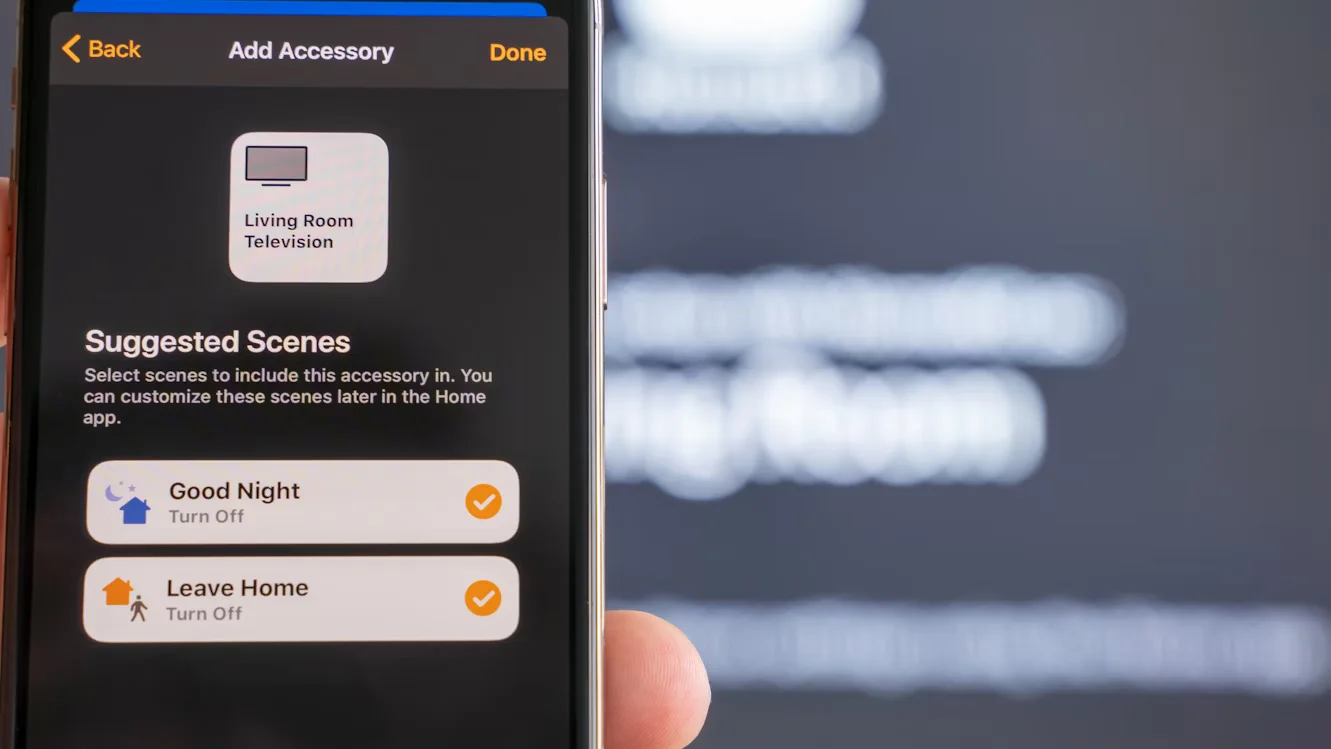
Launching a mobile app is just the beginning—keeping it running smoothly over time requires ongoing care and attention. Mobile app maintenance ensures optimal performance, user satisfaction, and security in a constantly evolving digital environment. As operating systems update, user expectations shift, and new technologies emerge, regular upkeep helps prevent glitches, retain engagement, and stay competitive.
Why Ongoing Maintenance Matters
The initial release of a mobile app is an achievement, but it’s only the beginning of a much larger and more complex journey. What follows next is ongoing maintenance, a crucial phase often overlooked by first-time product owners. In the always-evolving mobile space, major and minor operating system changes can impact performance overnight. New hardware, device sizes, and changing user behavior can trigger unexpected glitches. For applications that provide critical or sensitive services—such as those offering Social Security Disability guidance—the stakes are even higher. A single missed update or unaddressed bug can compromise security, user trust, or even compliance with regulatory standards.
Industry data reflects that over half of users will abandon an app if they experience ongoing bugs or poor performance. This trend reinforces the idea that app maintenance isn’t just an afterthought but a continuing commitment to users—a sign that the app team values their experience and safety. An app that undergoes frequent, targeted improvements signals reliability, while neglected apps quickly lose ground, regardless of their initial popularity. Consistent maintenance is non-negotiable in a digital world where user attention is short-lived, and brand loyalty hinges on quality and trust.
Types of App Maintenance Tasks
Maintaining a mobile app involves addressing a spectrum of needs, each with unique challenges and strategies. Perfective maintenance focuses on continuous upgrades, such as enhancing the visual design, improving performance, and introducing new features to delight users or respond to trends. Preventative maintenance addresses problems before they arise, conducts regular audits and code cleanups, and updates third-party libraries to ensure ongoing compatibility and security.
Corrective maintenance handles bug squashing, crash resolution, and quickly addressing flaws discovered by users or automated monitoring. Adaptive maintenance is essential in a shifting technology landscape, as it ensures consistent performance across new operating systems, handles device diversity and integrates with the latest APIs or hardware capabilities.
A strategic approach involves balancing these maintenance types based on the app’s lifecycle stage and user feedback. Early-stage apps might concentrate more on corrective and perfective updates as they find product-market fit, while mature products often shift focus towards adaptive and preventative measures. By treating maintenance as a structured, ongoing discipline rather than a sporadic firefighting exercise, teams can minimize future disruptions, better manage resources, and increase their ability to plan strategic updates aligned with user needs and technological changes.
Strategies to Prevent App Downtime
In today’s fast-paced world, even a brief downtime can be catastrophic for users and businesses. Negative app store reviews and social media feedback can further exacerbate the situation. Successful app teams invest in automated and manual strategies to minimize interruptions. Modern monitoring systems can proactively identify performance issues, security incidents, or increasing error rates. Real-time logs and trends can help teams take action before they impact the entire user base.
Application performance monitoring tools can spot trends, while a culture of peer code reviews and routine audits can identify vulnerabilities. Rollback plans can be prepared for every release to restore service quickly. Well-documented incident response procedures reduce data loss risks and reputational harm. Building resilient infrastructure and treating downtime as an anticipated challenge can cultivate user trust and demonstrate reliability.
User Feedback and Iteration Cycles
One of the simplest ways to build an app users genuinely love is to listen—early, often, and through multiple channels. Frequently, users alert developers to bugs or opportunities missed during internal testing. But feedback isn’t just about fixing problems. It’s also a reliable guide for refining existing features, discarding those that no longer matter, and shaping a forward-looking product roadmap. All successful apps employ active user feedback loops: they monitor reviews, collect structured survey data, and run user-testing sessions to observe app use in the wild.
Adopting agile, iterative cycles enables teams to regularly translate this feedback into concrete improvements. Updates become less about firefighting and more about continuous growth. This rhythm demonstrates that user voices are valued and helps prevent the product from stagnating or drifting away from what customers actually want. Iterative cycles keep the team focused, encourage innovation in small, calculated steps, and allow for rapid pivots if initial changes miss the mark. Ultimately, this focus on the user fosters stronger emotional connections, driving higher ratings and long-term app engagement.
Performance Optimization Tips
App users tend to have little patience for delays, excessive battery drain, or inefficient mobile data use. Even feature-rich applications quickly lose active users if performance falters. Performance optimization is, therefore, a primary pillar of any maintenance plan. Teams start by closely monitoring load times and identifying heavy screens or complex processes that congest the user journey. Compression algorithms are applied to images or video files, reducing their footprint without sacrificing quality. Code profiling and analytics uncover memory leaks or edge cases that testing might miss.
- Limit background activities, especially automatic updates and unnecessary push notifications that drain device resources.
- Optimize media and static content, carefully balancing speed and experience.
- Prioritize consistent, fast response times across devices and operating systems by using device emulators and cloud-based testing platforms.
- Set up real user monitoring to catch performance issues under diverse network conditions and environments.
Performance is not only about what users see but also how the app feels as they move through it. High-scoring apps use telemetry and continuous testing, adjusting even microseconds of delay to deliver instantaneous experiences. Since poor performance is a leading cause of churn, investing in performance pays long-term user satisfaction and retention dividends.
Security Patches and Compliance
The growing sophistication of cyber threats and the complexity of compliance landscapes demand that security and data protection are at the forefront of maintenance. For mobile apps carrying personal or confidential data, especially those involved in Social Security Disability guidance, lapses can lead to lost trust, legal jeopardy, and financial loss. Developers must actively monitor and remediate vulnerabilities, implementing zero-day patches and immediately addressing flagged issues. This requires maintaining strong relationships with third-party providers and staying alert for newly discovered exploits across libraries or SDKs.
- Scan for vulnerabilities in libraries, frameworks, and new dependencies before every update.
- Conduct periodic penetration testing and external security audits to challenge in-house assumptions.
- Multi-factor authentication is required, and suspicious account activity must be monitored using behavioral analytics.
- Where applicable, align all storage and transmission protocols with strict compliance standards, such as GDPR, CCPA, and HIPAA.
Security is not a one-and-done target. It’s a culture that demands vigilance and swift action. By prioritizing security and compliance above all, app teams ensure their products can weather challenges and regulatory changes. This strengthens the most critical bond of all—user trust.
Cost Considerations in App Maintenance
Many organizations are surprised that sustained app maintenance yields substantial savings over time. The cost to repair major outages, investigate breaches, or recover from widespread negative press is typically far greater than the modest investments required for continuous care. By making ongoing maintenance part of the core business strategy, leaders can more accurately forecast expenses and assess long-term ROI, avoiding high-pressure, emergency spending.
- Budget for updates by factoring in small, preventative fixes and larger, feature-driven releases on a predictable schedule.
- Encourage user bug reports or security research through incentive programs, surfacing hidden problems before they escalate.
- Invest in robust testing and monitoring tools that catch problems faster and reduce developer hours spent on manual checks.
Cost-effective app maintenance isn’t about doing less but about planning smarter. By strategically investing in technology, workflow automation, and human capital, app teams control spending, maximize value, and position themselves for steady growth.
Future-Proofing Your Mobile App
Success in the mobile sector depends on agility—a team’s ability to anticipate, embrace, and respond to technological and user trends as they unfold. Building a future-proof app begins with a scalable architecture. Modular codebases enable painless integrations, quick adaptation to new standards, and less friction for onboarding emerging technologies, such as machine learning or cross-platform deployment tools.
Teams must monitor the evolving landscape, track OS and hardware releases, and experiment with new interfaces or technologies like voice input or wearables. Periodic technology assessments and “tech debt” reviews enable timely upgrades, preventing critical issues in the future. The result is an app that remains relevant, resilient, and ready to meet today’s demands and tomorrow’s unknowns. Investing in continuous improvement, adaptation, and learning pays dividends—in satisfied customers, stable revenue, and long-term brand health.

Why Smart Startups Choose Custom AI Business Solutions Today

How to Optimize Business Operations with Vending Machines in Australia

How a portable office for sale can streamline on-site operations and boost productivity

Onsite Tire Change in Ottawa : Safe Fast & Professional Tire Services

Accelerating drug discovery through the DEL-ML-CS approach

Top Reasons Law Firms Are Replacing Call Centers With TeleWizard

Eye-Catching Composition Techniques Using Action Camera Wide-Angle Lenses

Gamification 2.0: What Free Games Based on Luck Can Teach Us About Driving Engagement








